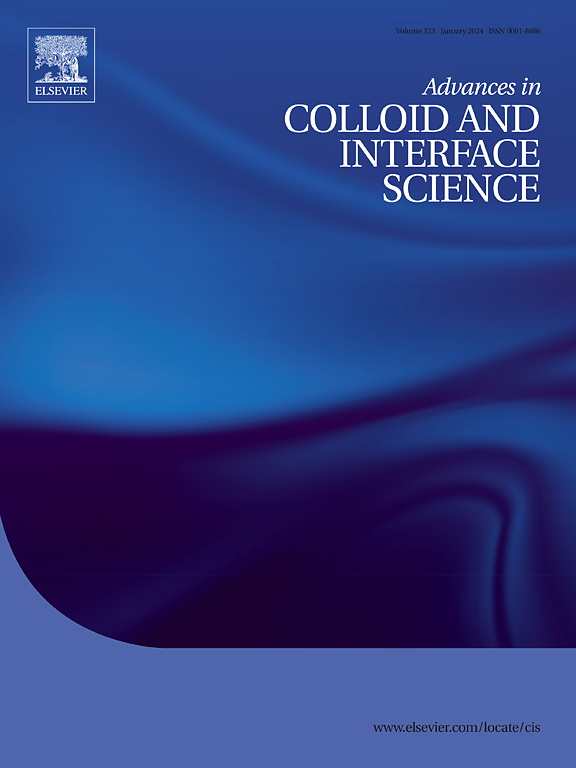Exploiting mechanical sensing in deformed surface and interface towards soft robots
IF 15.9
1区 化学
Q1 CHEMISTRY, PHYSICAL
引用次数: 0
Abstract
The integration of flexible sensors is crucial for soft robots to perform specific tasks during complex deformation (such as bending, torsion, compression, stretching, etc.) and interactions with unstructured environments. However, it is still a significant challenge to construct high-performance flexible sensors due to the high flexibility, deformation ability, and multiple degrees of freedom of soft robots. An efficient approach is to convert the continuous deformations of soft robots into discrete representations, which enable the scientists to better understand the deformation process and clarify the impact of surface and interface on sensor performance. Thus, intelligent algorithms can be used to further optimize the number and arrangement of sensors, improving the overall efficiency and performance of the system. This paper focuses on the impact of surface interface construction on the performance of flexible sensors. First of all, based on the basic classification of flexible sensors, this paper systematically analyzes the construction strategy of the surface and interface of flexible sensors, including surface structure optimization, microstructure array design and void structure. Secondly, the preparation methods of different surface and interfaces are discussed in detail. Then, the wide application of flexible sensors in multiple fields is discussed. Finally, the future development direction of flexible sensors is summarized and prospected.

面向柔性机器人的变形表面和界面机械传感研究
柔性传感器的集成对于软机器人在复杂变形(如弯曲、扭转、压缩、拉伸等)和与非结构化环境的交互过程中执行特定任务至关重要。然而,由于柔性机器人的高柔性、高变形能力和多自由度,构建高性能柔性传感器仍然是一个重大挑战。一种有效的方法是将软体机器人的连续变形转化为离散表示,这使科学家能够更好地理解变形过程,并阐明表面和界面对传感器性能的影响。因此,可以使用智能算法进一步优化传感器的数量和排列,提高系统的整体效率和性能。本文主要研究了表面界面结构对柔性传感器性能的影响。首先,在对柔性传感器进行基本分类的基础上,系统分析了柔性传感器表面和界面的构造策略,包括表面结构优化、微结构阵列设计和空隙结构。其次,详细讨论了不同表面和界面的制备方法。然后,讨论了柔性传感器在多个领域的广泛应用。最后,对柔性传感器的未来发展方向进行了总结和展望。
本文章由计算机程序翻译,如有差异,请以英文原文为准。
求助全文
约1分钟内获得全文
求助全文
来源期刊
CiteScore
28.50
自引率
2.60%
发文量
175
审稿时长
31 days
期刊介绍:
"Advances in Colloid and Interface Science" is an international journal that focuses on experimental and theoretical developments in interfacial and colloidal phenomena. The journal covers a wide range of disciplines including biology, chemistry, physics, and technology.
The journal accepts review articles on any topic within the scope of colloid and interface science. These articles should provide an in-depth analysis of the subject matter, offering a critical review of the current state of the field. The author's informed opinion on the topic should also be included. The manuscript should compare and contrast ideas found in the reviewed literature and address the limitations of these ideas.
Typically, the articles published in this journal are written by recognized experts in the field.

 求助内容:
求助内容: 应助结果提醒方式:
应助结果提醒方式:


